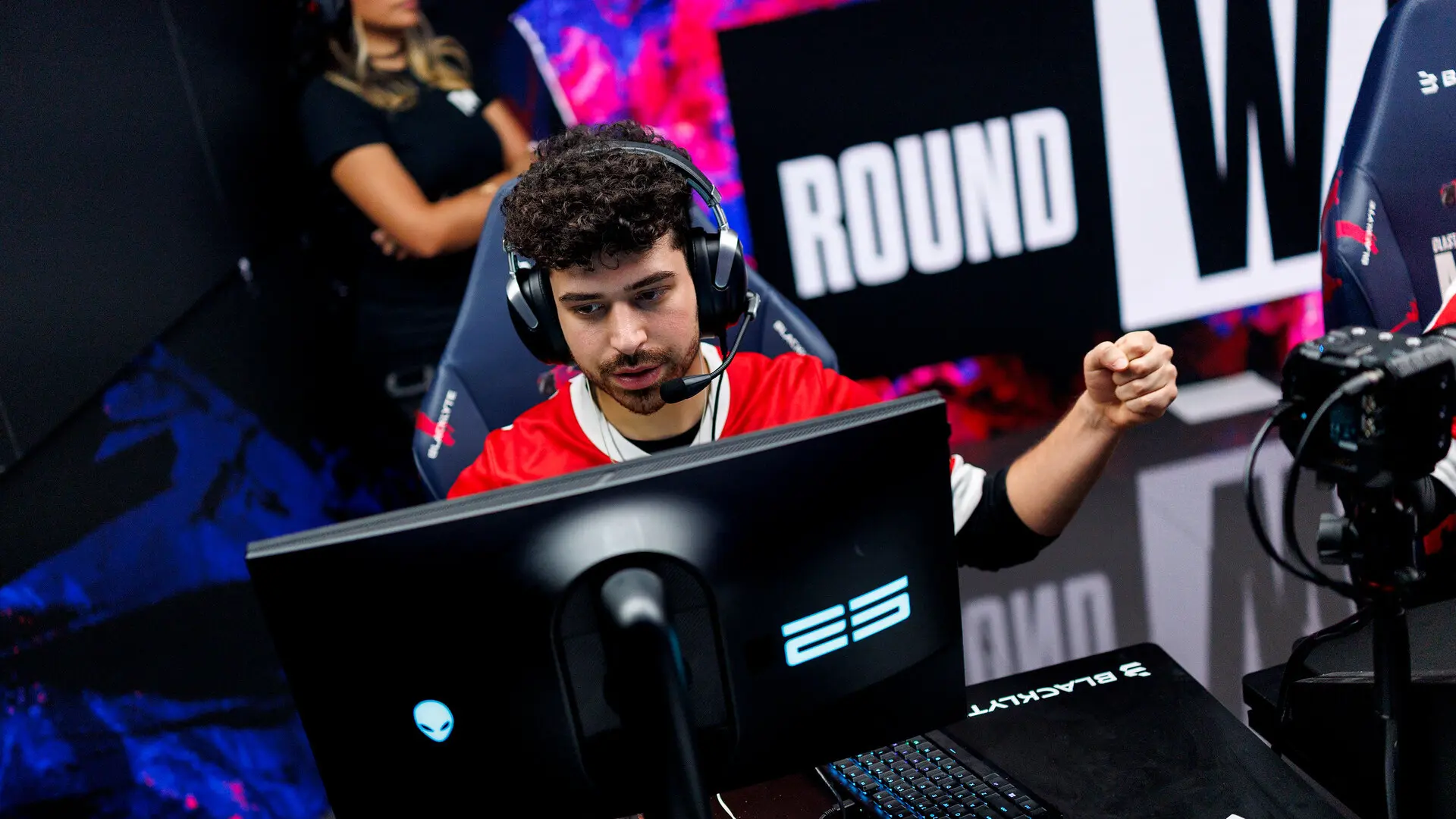Counter-Strike 2 introduced a revolutionary system called Desubtick — a mechanism designed to improve input precision compared to the traditional tick-based model of CS:GO. But what happens if you intentionally force CS2 into behaving like the old “CSGO-style” system? That’s exactly what user Eugenio8a8 explored, documenting unusual in-game behavior by locking the game at 64 FPS and using unconventional Desubtick binds.
CS2 vs. CS:GO — Similar Acceleration Graphs
In the first stage of the experiment, Eugenio presented two graphs: the left one from CS2, the right one from CS:GO. Both depict how acceleration changes over time or across ticks.
If I told you the pic on the left is CS2 and the one on the right is CSGO, would you believe me?
When FPS was capped at 64 and custom Desubtick binds were applied, CS2’s movement physics closely mirrored the behavior of the classic Source-engine CS:GO model. The deceleration pattern across ticks was nearly identical, with a similar rate of motion degradation — surprising the community.
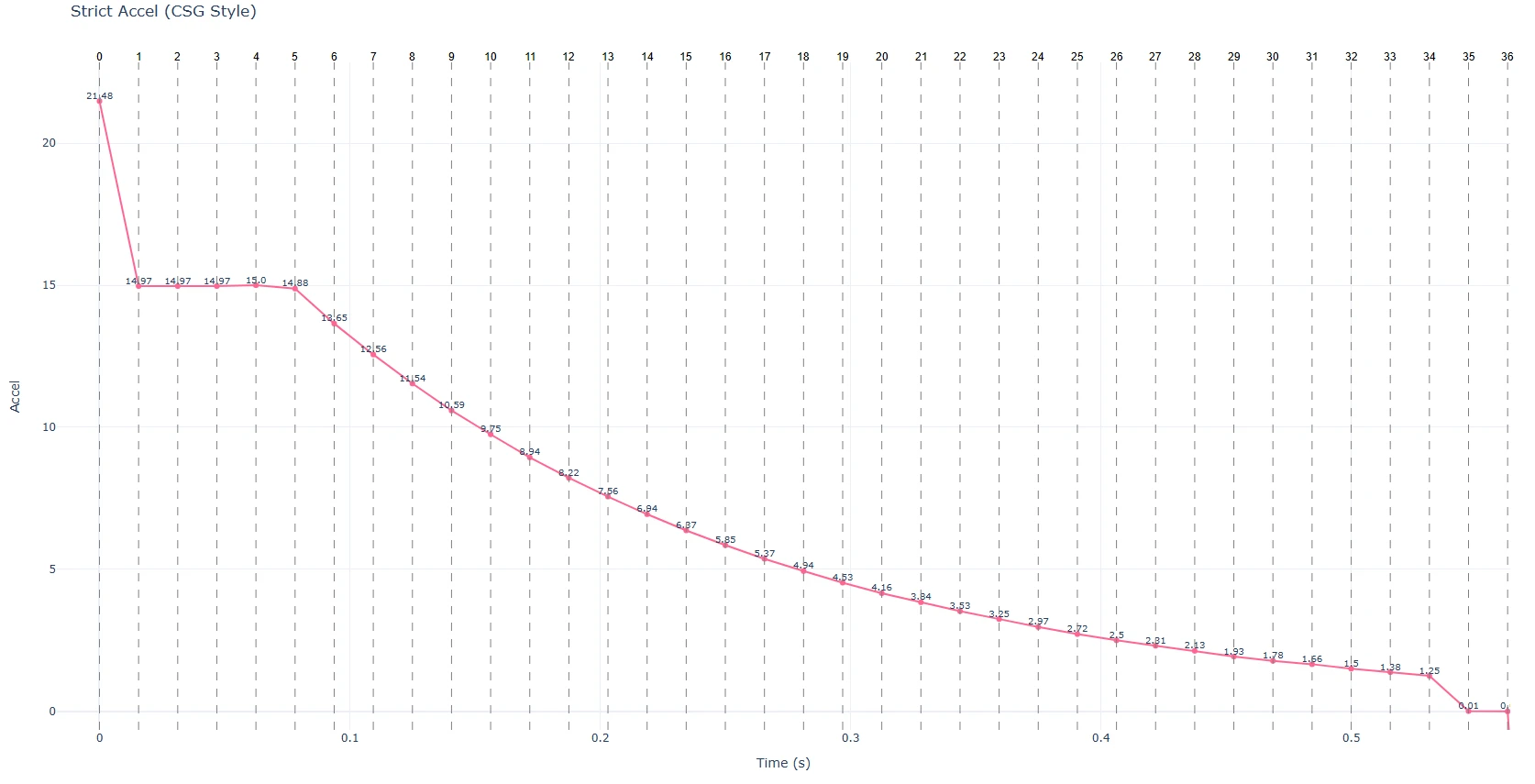
Analysis: What Influences Movement Behavior?
- CS:GO: The graph shows classical linear deceleration with each tick — predictable and consistent.
- CS2: Instead of using ticks, the x-axis represents time, yet the behavior appears strikingly similar when the conditions (FPS + binds) are properly aligned.
I’m comparing behavior. And they almost perfectly match.
It’s not about time or frame count per se, but about the kinematics — how the game interprets and applies input motion.
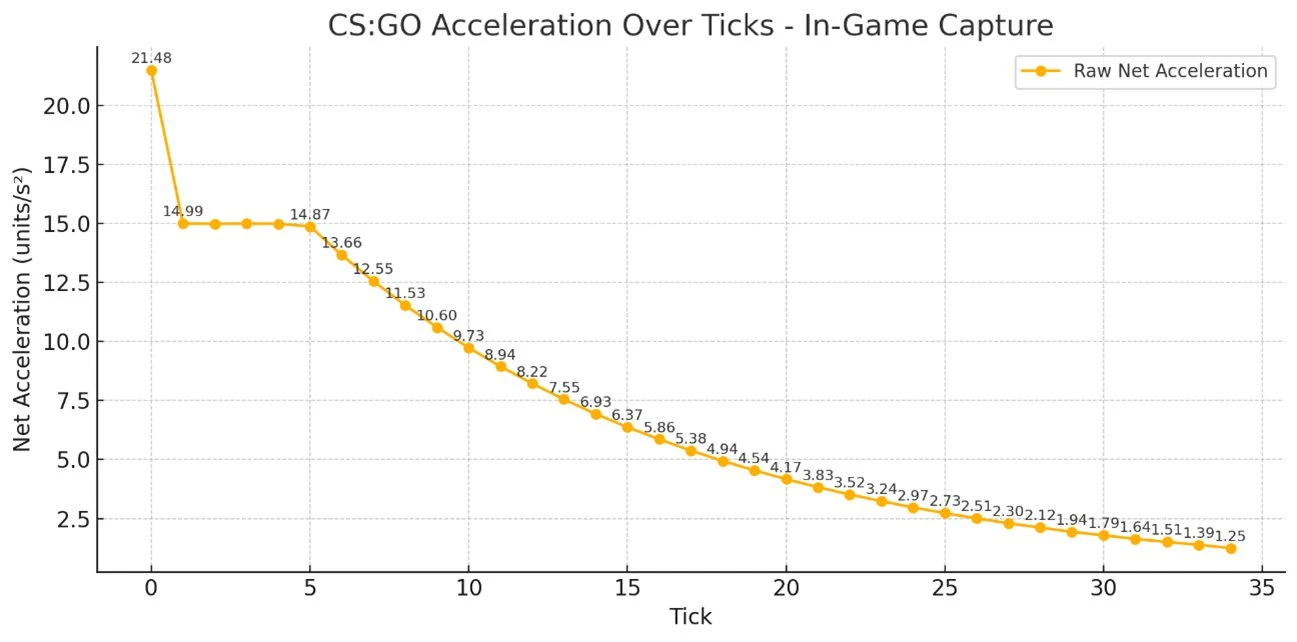
Without Desubtick — The Engine Behaves Differently
When Eugenio repeated the test without Desubtick (but still at 64 FPS), the results changed significantly:
- Input was processed at 68.75% into the tick.
- Initial acceleration did not match the expected values.
- The behavior became far less predictable.
This shows that even at a fixed framerate, the presence or absence of Desubtick has a strong impact on input processing.
From what I understand, the game isn’t fully considering the FPS.
This insight may be critical in a competitive context: CS2 appears to partially ignore FPS under normal input conditions, which may lead to inconsistencies, delays, or unpredictable motion.
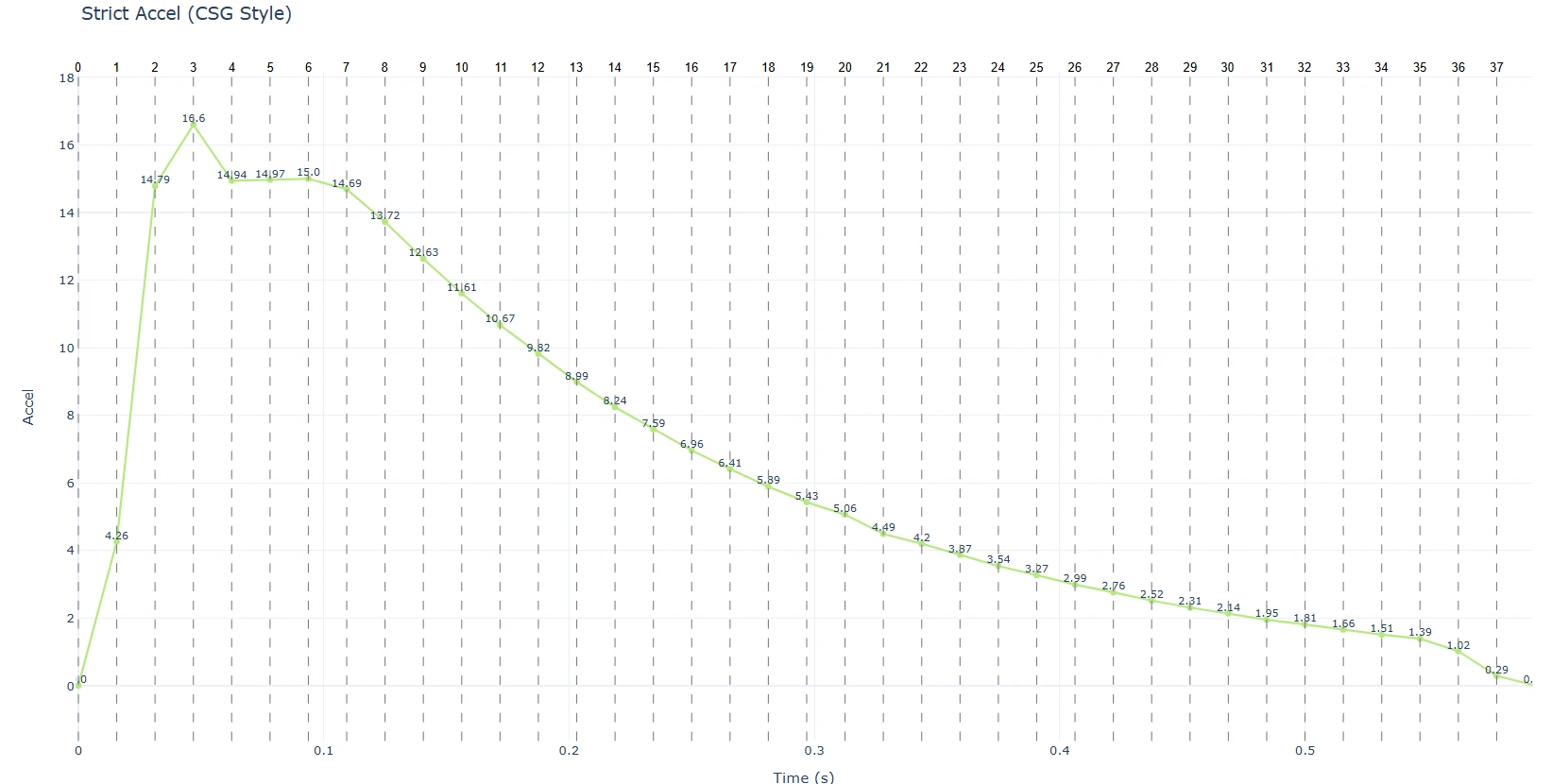
Desubtick vs. Normal Input: Which Is More Precise?
In the graph shown in Part 5, we see:
- Green line — standard physics without Desubtick.
- Red line — Desubtick-enabled (starting earlier).
Why doesn’t Desubtick start at 0? Because accel is already happening at input.
This highlights a key difference: Desubtick applies acceleration at the moment of input, while the standard system waits until the beginning of a tick. Desubtick, therefore, offers greater precision — but not without complications.
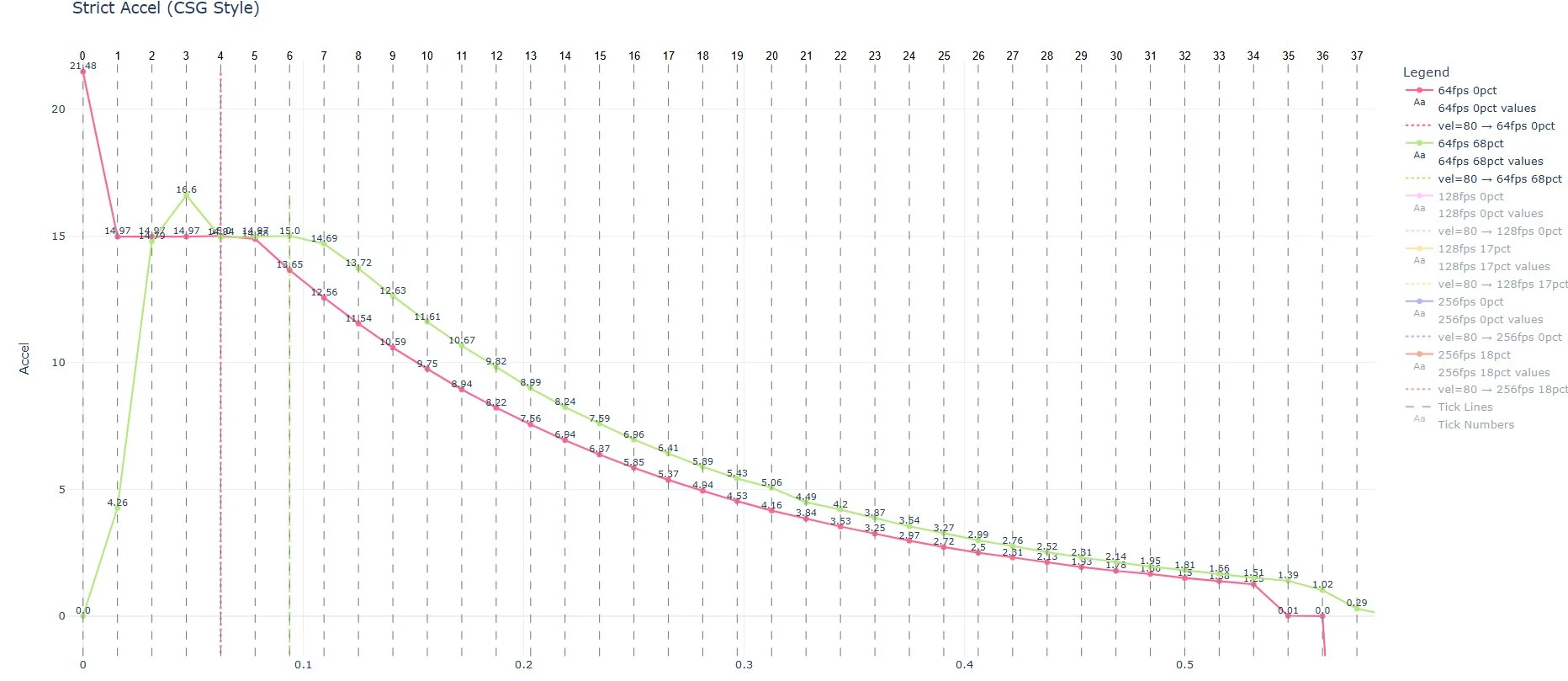
Friction, Speed, and the Problem With Normal Processing
In Part 6, Eugenio highlights “variable friction” — a dynamic resistance factor that kicks in based on speed. It activates later under normal input but still follows the classic vel > 80 condition.
This raises another important question: Does the moment of input processing truly matter?
- Yes — for normal input.
- No — for Desubtick.
Part 9 — The Result That Changed Everything
The final graph (Desubtick = dark blue, Normal = light blue) was intended to be definitive. But Eugenio openly admits:
There are more variables at play and framerate matters way more than I thought.
Even when both tests started at the same point, the behavior wasn’t stable. It’s likely that hidden Source 2 engine factors, input processing delays, or internal CS2 constraints are affecting the outcome.
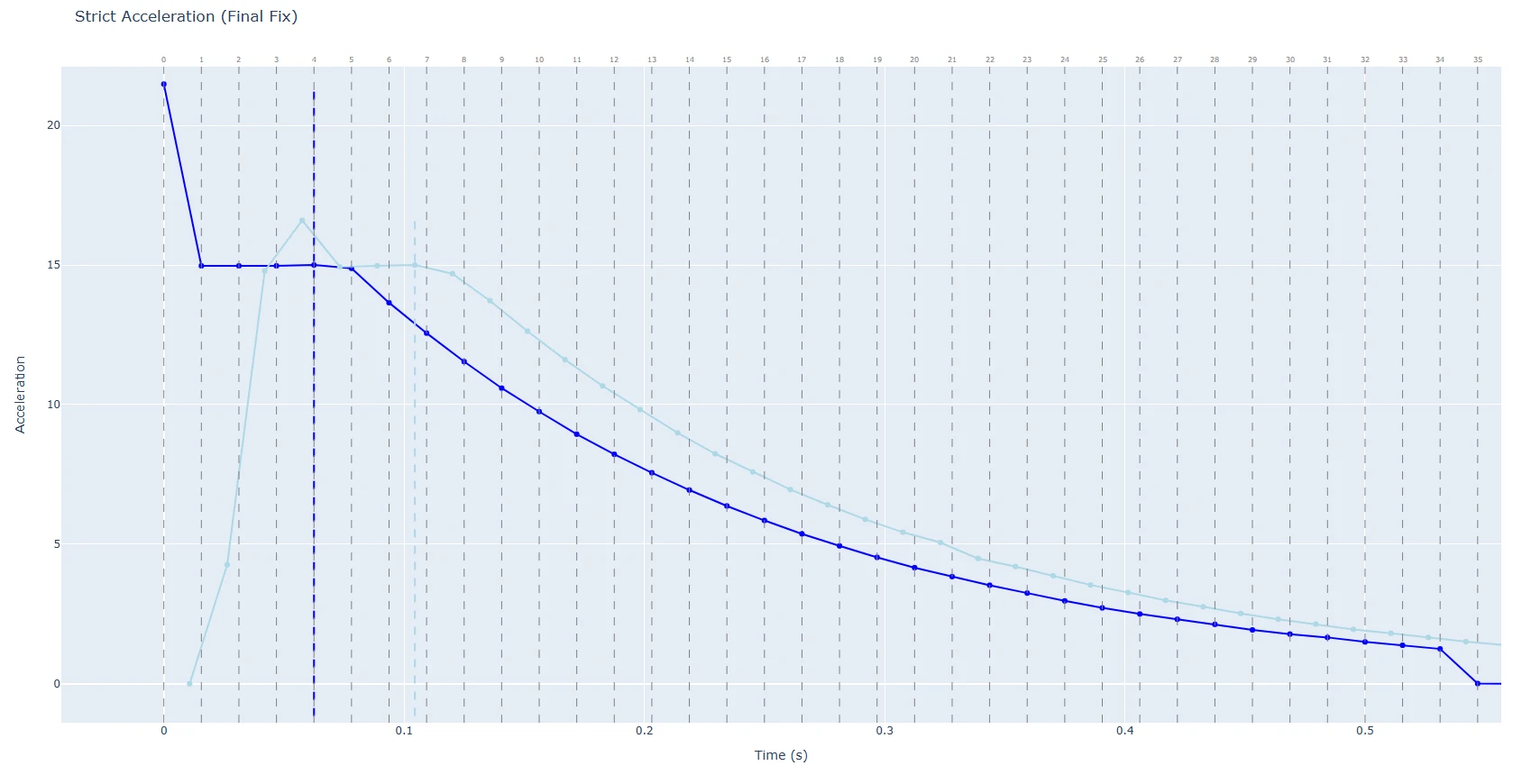
Takeaways and What This Means for Players
- Desubtick can replicate CS:GO-style movement, but only under very specific conditions.
- FPS has a significant impact, even if the engine seems to downplay it.
- Players and developers alike need to understand that CS2’s movement physics are still unstable, and Desubtick binds are not a universal solution.
Desubtick binds aren’t as precise as they used to be… and behavior still varies.
This experiment is just the tip of the iceberg. It opens a broader discussion about how CS2 interprets input, how framerate and timing affect motion, and why even the slightest changes can dramatically alter player experience.
- For analysts, developers, and competitive players, this is a major red flag — and a call for deeper investigation.
- For everyday players, it’s a reminder that not all magic happens on screen — some of it is hidden under the hood.
































